How To Do The Pawanmuktasana And What Are Its Benefits?
A beginner's guide to perfecting this yoga posture for improving overall health.
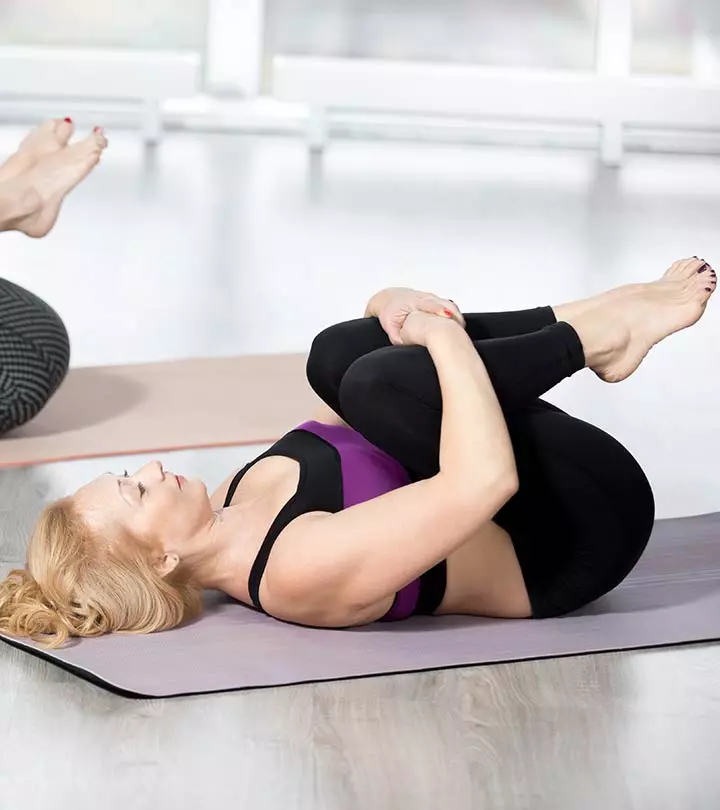
Image: shutterstock
Sanskrit: पवनमुक्तसन (PUH-vuhn-mukt-AAHS-uh-nuh) Pawan: wind, Mukta: release or relieve, Asana: pose

The benefits of pavanamuktasana, also known as wind-liberating, wind-relieving, or wind-removing pose, are quite a long list to go through. In fact, it is an ideal posture to start your day with to let out the digestive gasses from the stomach and intestines for abdominal stress relief. It is easy to perform and suitable for beginners too. In this article, we look at the science behind this wind-relieving pose, its long list of pawanmuktasana benefits, its preparatory and follow-up postures, and precautions to take. Let’s get started!
In This Article
Everything You Need To Know About The Pawanmuktasana
What You Should Know Before You Do The Asana
It is best to practice this asana first thing every morning for the detoxification of your digestive tract through the release of trapped gasses.
This should also be one of the first asanas you practice as once the gasses are released, it will make practicing other asanas easier. Yoga must be practiced at least four to six hours after a meal, when your stomach and bowels are both empty. This yoga pose performed after dinner can aid digestion and improve sleep quality by calming the body and mind.
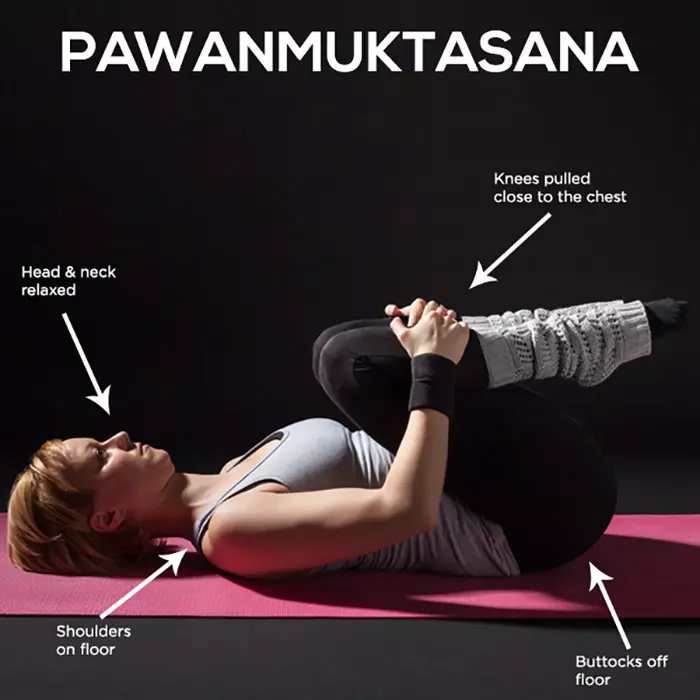
- Level: Basic
- Style: Vinyasa
- Duration: 10 to 60 seconds
- Repetition: None
- Stretches: Abdomen, Lower Back, Arms
- Strengthens: Back, Digestive System, Reproductive System
Key Takeaways
- Pawanmuktasana, the yoga pose, stimulates the internal organs and enhances general wellness.
- It targets internal organ massage and abdominal muscle strengthening.
- Pawanmuktasana positions can ease digestive issues like bloating and constipation.
- This yoga pose helps have an improved immune system, decrease blood pressure, and enhance circulation.
- Pawanmuktasana can enhance your flexibility, balance, and coordination.
- Regularly performing Pawanmuktasana can raise the quality of life and improve general physical and mental health.
How To Do Pawanmuktasana
- Lie flat on your back on a smooth surface, ensuring that your feet are together, and your arms are placed beside your body.
- Take a deep breath. As you exhale, bring your knees towards your chest, and press your thighs on your abdomen. Clasp your hands around your legs as if you are hugging your knees.
- Hold the asana while you breathe normally. Every time you exhale, make sure you tighten the grip of the hands on the upper shins , and increase the pressure on your chest. Every time you inhale, ensure that you loosen the grip.
- Exhale and release the pose after you rock and roll from side to side about three to five times. Relax.
Common Mistakes To Avoid
When performing Pawanmuktasana, many beginners often make some mistakes that reduce their benefits and increase the risk of strain or discomfort. One such common mistake is straining the neck by incorrectly lifting the head or shoulders, which causes unnecessary tension. Holding breath is also unnecessary and interferes with the flow of oxygen required for relaxation and proper muscular engagement. Plus, because the abdominal region is essential for supporting the action, the posture becomes less effective if the core muscles are not used. Maintaining steady, rhythmic breathing, keeping the shoulders and neck relaxed, and actively using the core throughout the position are all important for maximizing the benefits of Pawanmuktasana.
Precautions And Contraindications
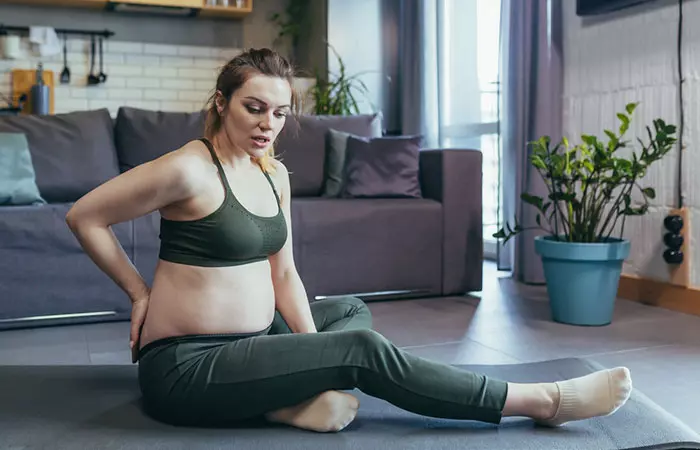
These are a few points of caution to keep in mind before you do the Pawanmuktasan.
- This asana must be avoided if you have had an abdominal surgery recently. Also, people suffering from herniai Refers to the protruding out of an organ, usually in the abdominal region, through a weak muscle wall. or piles must avoid this asana.
- This asana must not be practiced by pregnant women. Menstruating women can avoid this asana if they are not comfortable.
- If you are suffering from heart problems, hyperacidityi A condition of acid reflux where digestive acids from your stomach travel up the esophagus causing heartburn. , high blood pressure, slip disci A condition where an intervertebral disc bulges out and applies pressure on the surrounding nerves leading to pain and inflammation. , hernia, back and neck problems, or a testicle disorder, you must avoid this asana.
- If you have had a neck injury, but have a doctor’s approval to practice this asana, your head must remain on the floor. Support your neck with a rolled yoga blanket or bath towel while doing the asana.
It is important to speak with a healthcare provider before starting any new fitness regimen because everyone’s needs are unique, and this is especially true if you have medical conditions like arthritis or asthma. However, if your health guide has cleared you for this asana, you will definitely benefit from the following tips as a beginner. Read on.
Beginner’s Tips
Although you must keep your buttocks lifted off the floor, try to keep your lower back grounded on the floor as you practice this asana for improved posture.
 Quick Tip
Quick TipAdvanced Pose Alterations
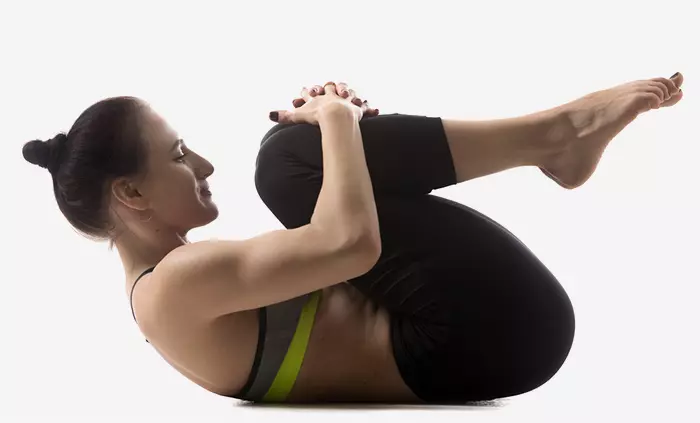
To deepen the pose, lift your head and chest off the floor. Touch your chin, and eventually, your nose to your knee.
The Benefits Of The Wind Relieving Pose

These are some amazing benefits of Pawanmuktasana.
- It strengthens the abdominal muscles and massages the intestines and internal organs of the digestive system, therefore releasing trapped gasses and improving digestion for improved metabolism.
- It strengthens the back muscles and tones the muscles of the arms and the legs.
- It improves the circulation of blood in the hip area.
- It eases the tension in the lower back.
- It stimulates the reproductive organs and massages the pelvic muscles.
- It helps burn fat in the thighs, buttocks, and abdominal area.
- It helps to stretch the back and neck.
Apart from these benefits, pawanmuktasana may also help with diabetes management. Let’s learn more about it.
Potential Benefits Of Pawanmuktasana For Diabetes
Studies found that practicing yoga may help with diabetes management. Pawanmuktasana, along with other yoga poses, was found to minimize insulin resistance and reduce blood glucose levels. Pawanmuktasana may help increase the sensitivity of pancreatic B cells to glucose signals, which may aid in blood sugar control and diabetes management (1), (2).
Moreover, the study also found that practicing yoga for 10 minutes may help improve metabolic health, which is crucial for diabetes management and maintaining overall health. When practicing pawanmuktasana, ensure that you hold the pose for at least 15 seconds and gradually increase it to a minute to reap its benefits (1).
Incorporate Pawanmuktasana into your daily routine along with healthy lifestyle changes like eating a balanced diet and exercising regularly to get the best benefits.
The Science Behind The Pawanmuktasana

Relieving your system of the pressure that it builds up every day brings relaxation to your body, mind, and spirit. This asana is a gentle reminder of your body’s ability to heal itself. It might be a good idea to do this asana first thing every morning, just before you get out of bed. When you gently wake your body with this asana, you will notice that your body functions with greater ease throughout the day.
Preparatory Poses
Sulabh Pawanmuktasana – Keeping the head on the floor
Ardha Pawanmuktasana – Bending only one leg
Follow-Up Poses
Dwi Pada Uttanpadasana
 Quick Tip
Quick TipA blogger recalls her personal experience of delving into the world of yoga asanas and how Pawanmuktasana changed her life for the good. She talks about a class that happened in the Malaysian Yoga Society. She provides an entire walkthrough of the activities and shares some details on the Pawanmuktasana series. She explains the benefits as well and adds, “ A great relief from morning stiffness, beginning with your toes and all the way up to your neck (i).”
Infographic: Top 5 Benefits Of Pawanmuktasana
Pawanmuktasana is an ideal yoga pose to start your day. It makes practicing other asanas easier and is beginner-friendly. Practicing this asana daily improves body flexibility and has multiple other health benefits, such as better sleep, weight management, and mental clarity along with digestive relief. Check out the infographic below to learn about the top benefits of Pawanmuktasana.
Some thing wrong with infographic shortcode. please verify shortcode syntax
From strengthening the digestive and reproductive systems to aiding in letting out the wind from the digestive tract, the benefits of pawanmuktasana are immense. Starting your yoga routine with this pose makes it easier to perform other asanas. This wind-relieving pose, which should be done on an empty stomach, also helps improve blood circulation in the hip area, helps shed fat in the buttocks, thighs, and abdomen, and strengthen the back and neck. However, pregnant women and those with a history of abdominal surgery, heart and back issues, neck injury, hypertension, hyperacidity, etc., must avoid this pose.
Frequently Asked Questions
How long should I hold Pawanmuktasana?
You should hold Pawanmuktasana for 30 seconds. However, avoid this posture if you have neck, spinal health, or joint health problems.
How many times should we do Pawanmuktasana?
You must do Pawanmuktasana first thing in the morning every day for desired results.
Can Pawanmuktasana improve flexibility and range of motion in the joints?
Yes. Anecdotal evidence suggests it can help increase joint flexibility by gently moving the joints and boosting blood flow to the surrounding tissues. Over time, this can aid in easing muscle stiffness and enhancing one’s range of motion.
How does Pawanmuktasana benefit the respiratory system and lung function?
It may help improve the efficiency of the respiratory muscles, making it easier to take deeper, fuller breaths. Also, the stretching of the rib cage can help the lungs expand more fully and improve lung function.
Is Pawanmuktasana safe for people of all ages and fitness levels?
Yes. It is generally considered a safe yoga posture that can be practiced by people of all ages and fitness levels. However, before starting a new yoga practice, it is a good idea to discuss it with your doctor if you have any health issues.
Does Pavanamuktasana reduce belly fat?
It may help tone and strengthen the abdominal muscles, but this yoga asana is not a targeted exercise for reducing belly fat. Look for other yoga asanas to reduce belly fat to tone and strengthen the core muscles.
Learn how to do pavanamuktasana with this easy-to-follow video. Get ready to stretch and strengthen your body with this simple yoga pose by watching the video below.
Personal Experience: Source
StyleCraze's articles are interwoven with authentic personal narratives that provide depth and resonance to our content. Below are the sources of the personal accounts referenced in this article.
i. Day 5: Pawanmuktasana Series. A yogi’s warm-up.https://blisswityoga.blogspot.com/2015/01/day-5-pawanmuktasana-series-yogis-warm.html
References
Articles on StyleCraze are backed by verified information from peer-reviewed and academic research papers, reputed organizations, research institutions, and medical associations to ensure accuracy and relevance. Read our editorial policy to learn more.
- Therapeutic Role of Yoga in Type 2 Diabetes
https://www.ncbi.nlm.nih.gov/pmc/articles/PMC6145966/ - An investigation into the acute and long-term effects of selected yogic postures on fasting and postprandial glycemia and insulinemia in healthy young subjects
https://pubmed.ncbi.nlm.nih.gov/16440850/
Read full bio of Anirudh Gupta
Read full bio of Shirin Mehdi
Read full bio of Ravi Teja Tadimalla
Read full bio of Himanshi Mahajan





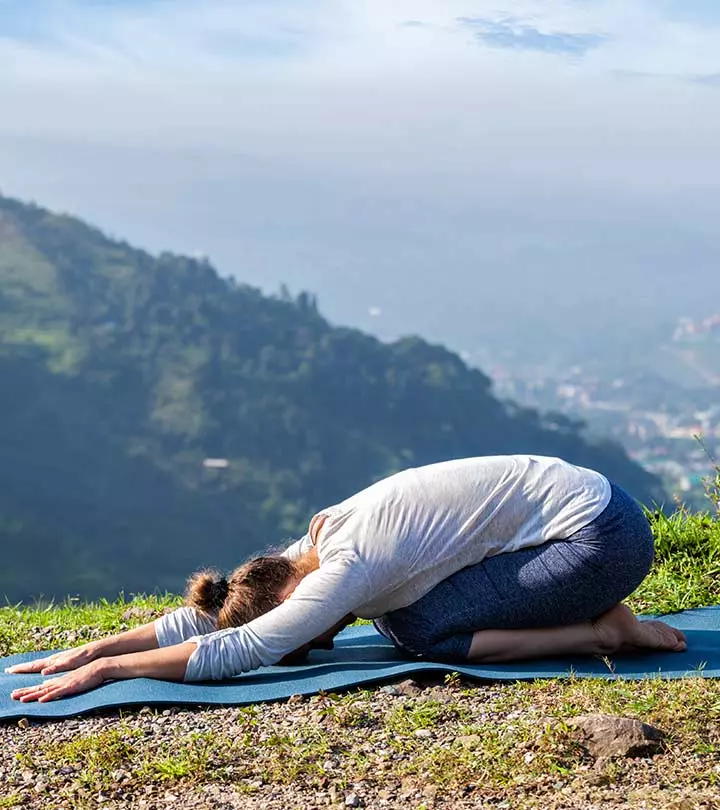
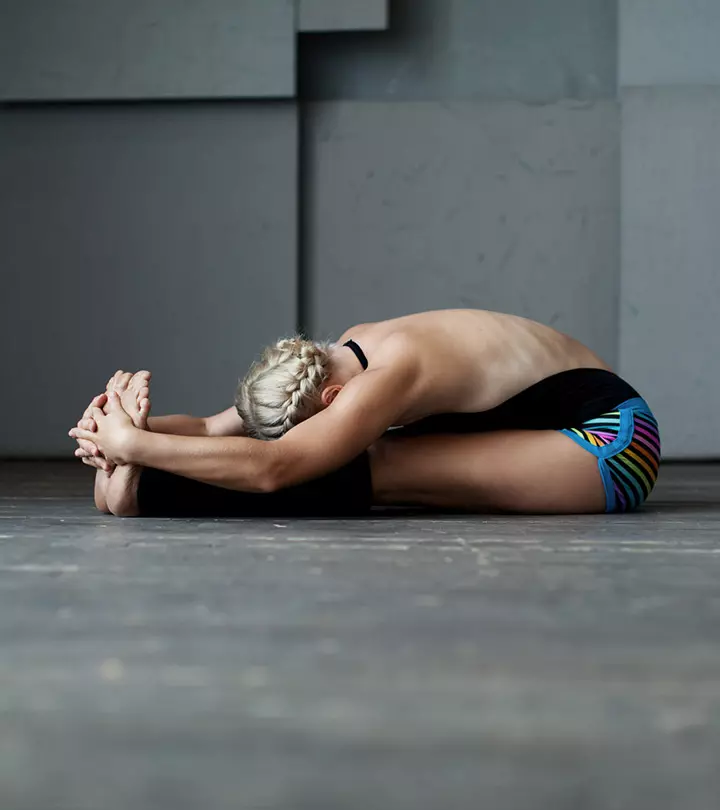
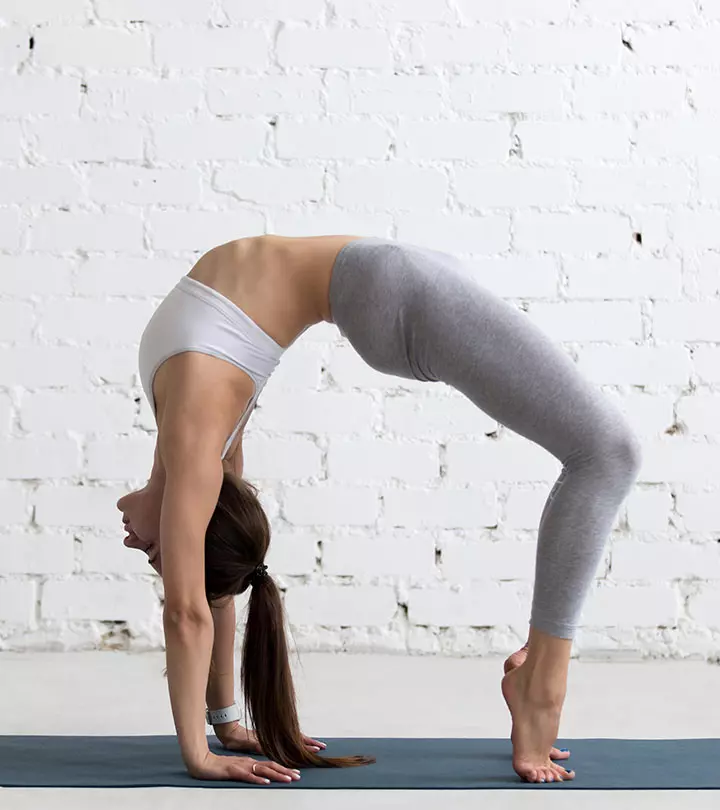

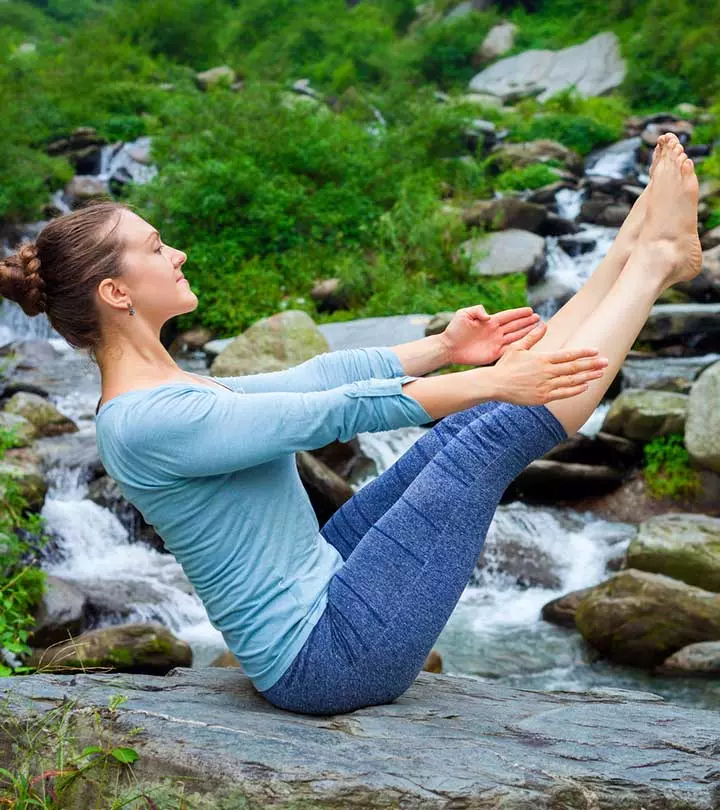
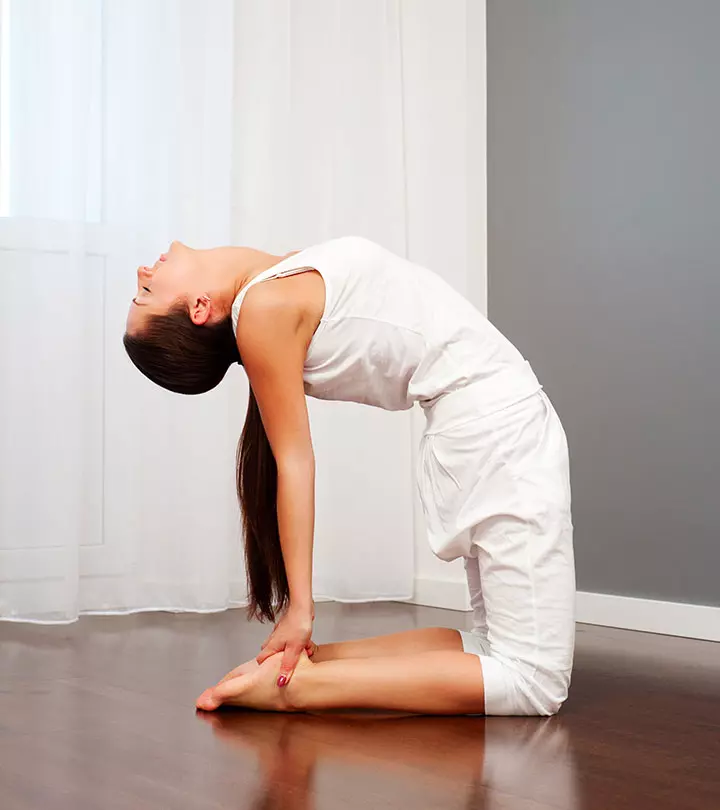



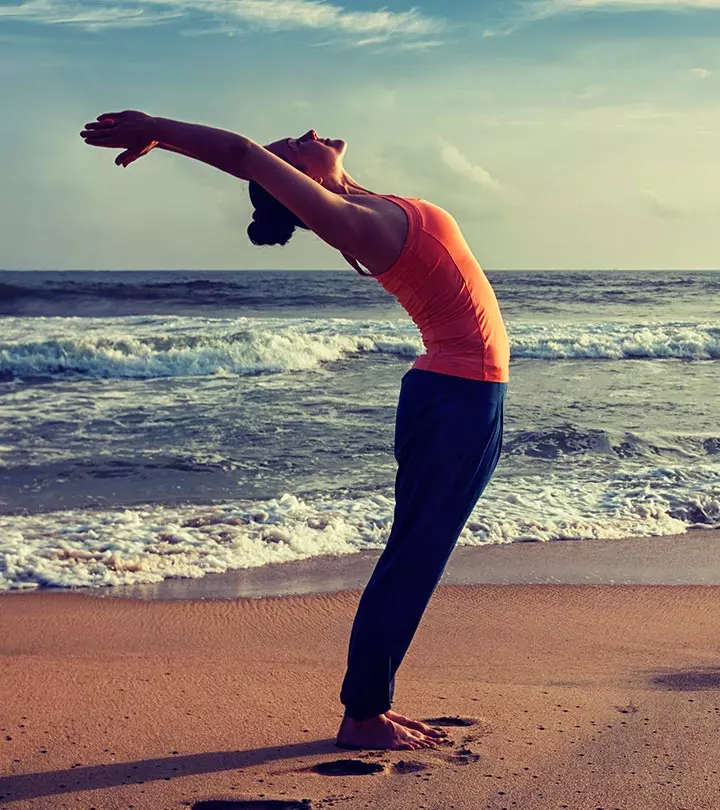

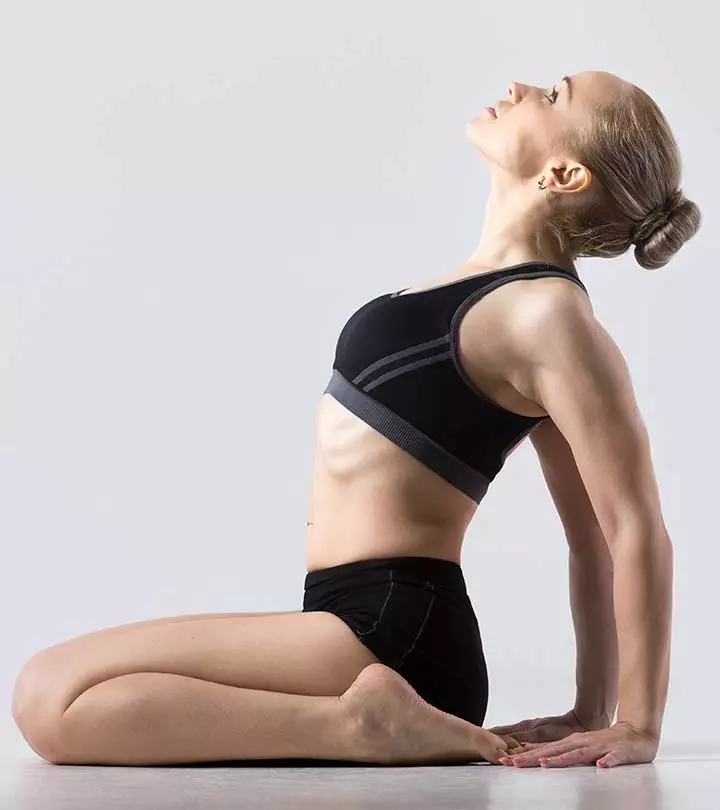


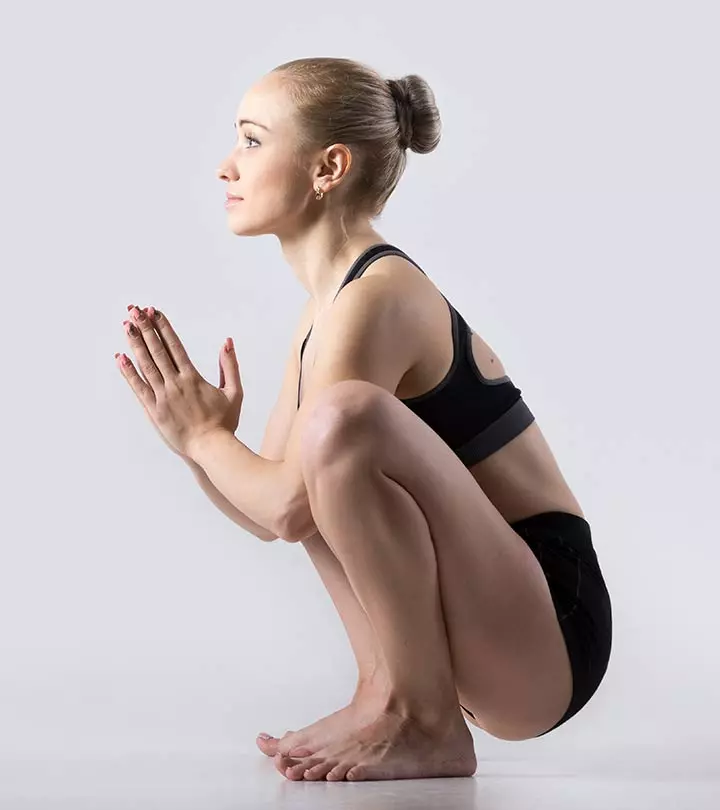
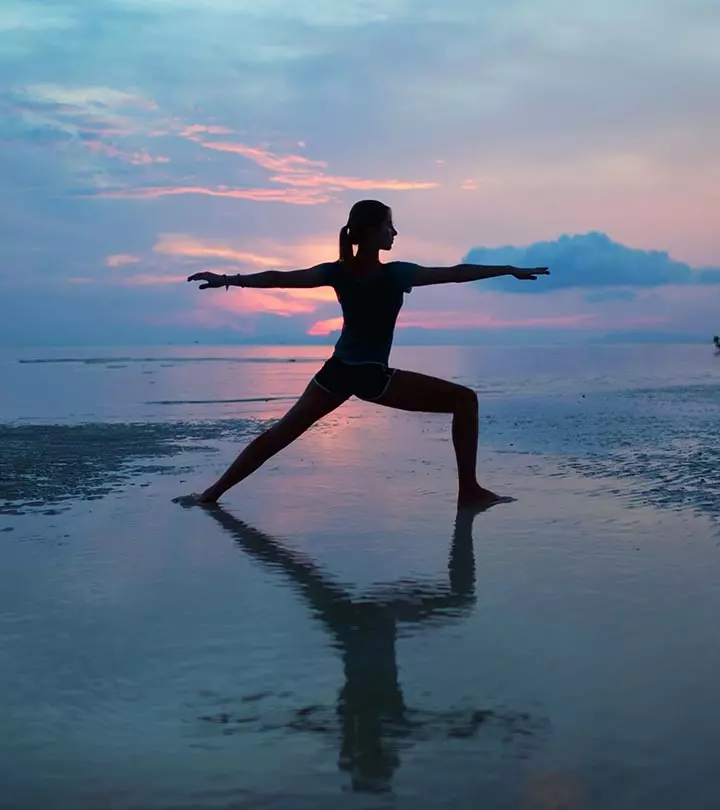
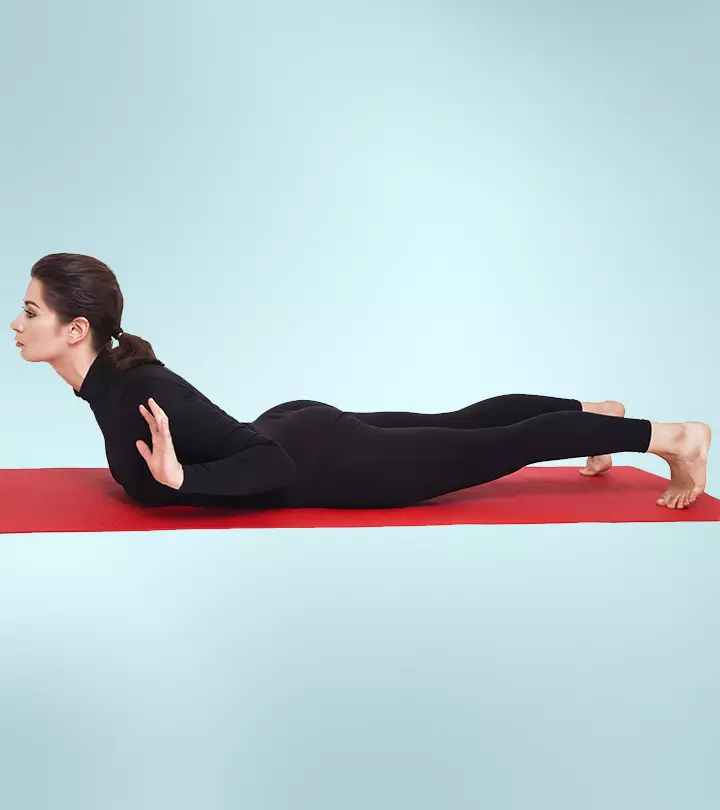
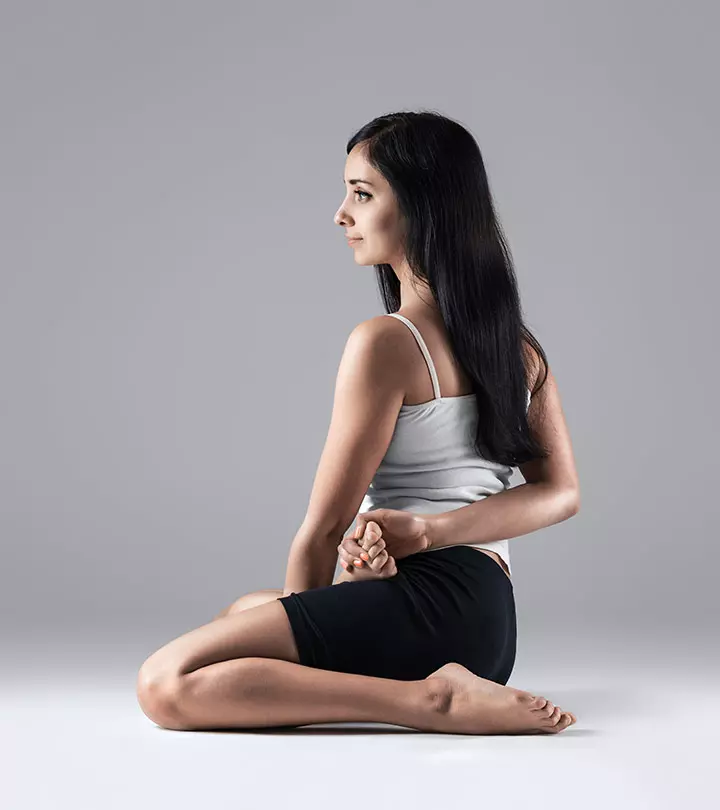



Community Experiences
Join the conversation and become a part of our empowering community! Share your stories, experiences, and insights to connect with other beauty, lifestyle, and health enthusiasts.